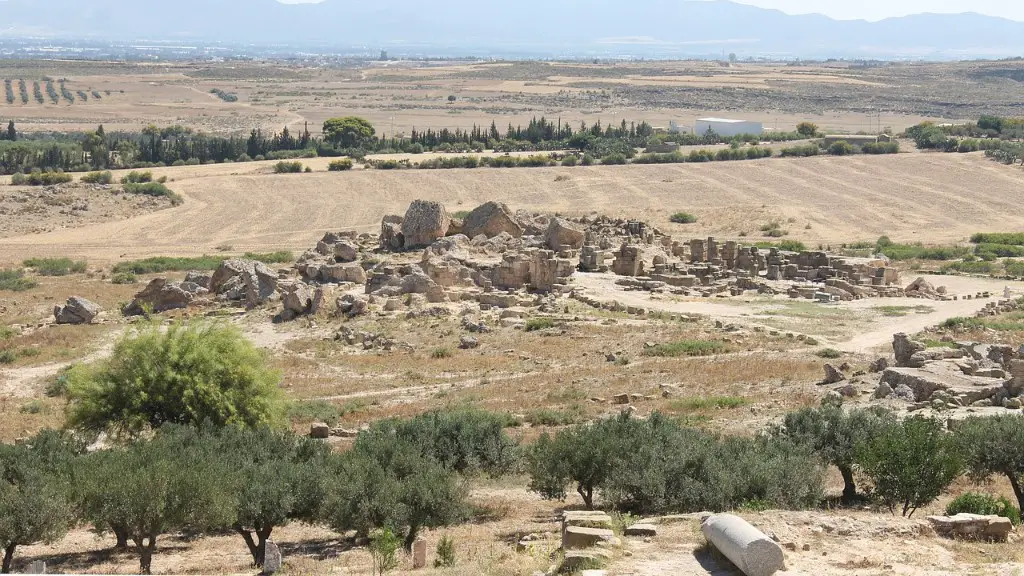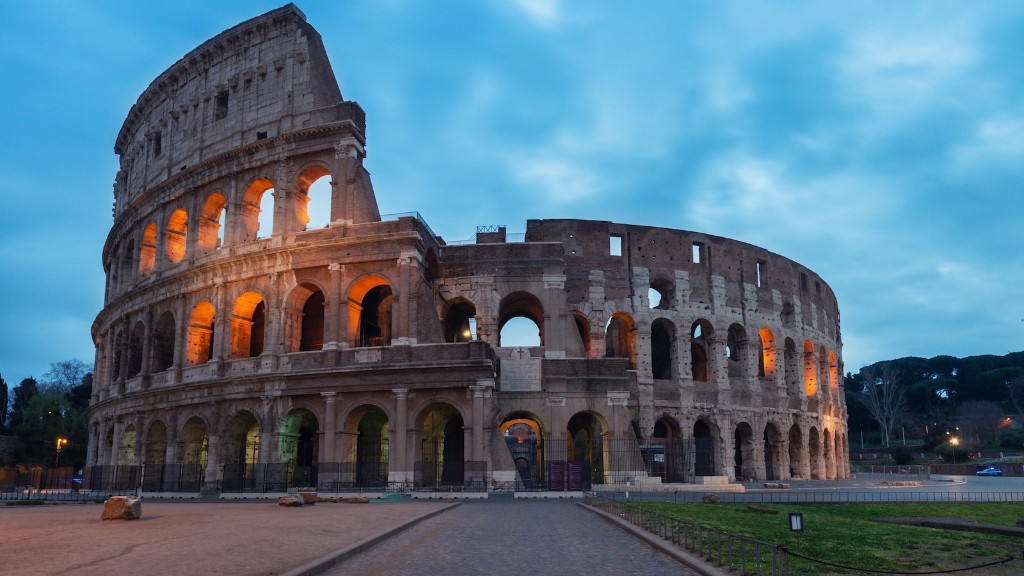Increased Access To Goods
Ancient Rome’s ability to facilitate trade, particularly at the ports, allowed for an increase in access to goods which would otherwise not have been possible. This increase in access to goods extended to all citizens of the empire. Trade increased the variety of foods and other products available to each family, as well as providing them with a safe, practical way of obtaining what they needed. Such variety allowed for new opportunities and experiences for all Romans. Trade with other countries allowed for the growth of artisan industries, such as glass and pottery. These industries combined with local resources to make goods and services which were not provided before trade. As trade exchanged goods, it also exchanged ideas, customs, and cultures.
Increased Wealth
The increased access to goods through trade in Ancient Rome also enabled citizens to increase their wealth. By trading their goods and services, citizens could convert their resources into valuable economic growth. Trade allowed for entrepreneurs to increase their wealth and provided employment opportunities to many of the citizens. Citizens also experienced increased wages, which generated an increase in their standard of living. The ability to trade for goods and services allowed for a greater level of economic stability which would otherwise not be possible.
Connectivity
One of the primary benefits of trade in Ancient Rome was the ability to connect people and cultures with one another. Trade allowed for the integration of different countries, peoples, and cultures. This exchange of information and ideas helped to further the advancement of the Roman Empire. As people learned of each other’s customs and products, they became more aware of the world around them and more open to different ways of living. The increased connectivity through trade also enabled Roman citizens and empires both within and beyond the Roman Empire to move more freely and communicate more effectively.
Economic Expansion
Through trade, Ancient Rome was able to expand its economic power. By trading with other countries and cultures, Rome was able to amass a vast amount of resources, goods, and wealth. This allowed Rome to become an economic leader within the region and a powerful empire. By expanding its economic power, Rome was able to maintain its political power as well. The increased wealth of Rome meant that it was able to fund its military and political activities, which enabled them to maintain their dominance in the region.
Political Influence
Trade in Ancient Rome also provided them with increased political influence. Trade allowed Rome to increase its influence far beyond its borders and to exert control over other countries and cultures. This increased influence allowed Rome to form alliances and treaties with other countries, which in turn resulted in greater stability and peace within the region. Trade also enabled Rome to negotiate better terms with its rivals, as well as gaining leverage against those countries trying to influence its own citizens.
Increased Mobility
The increased mobility due to trade allowed for an increase in the Roman Empire’s population. Trade allowed people to move more freely throughout the empire, allowing citizens to travel and relocate to better their economic situation. This increased mobility allowed for a larger pool of citizens who would be eligible to join the military, thus ensuring the stability of the empire. The increased mobility also led to an increase in the number of citizens who could acquire land and wealth, as travel allowed them to access resources and opportunities which would otherwise not be attainable.
Significance of Trade
The significance of trade in Ancient Rome cannot be underestimated. Trade allowed for the growth of an empire which was unmatched in terms of its political, economic, and cultural power. By increasing their access to goods and services, citizens of Rome were able to enjoy a higher standard of living and greater opportunities. The increased wealth, influence, and mobility provided by trade allowed for the consolidation of the Roman Empire and its dominance in the region.
Long-Term Benefits of Trade
Trade in Ancient Rome has many long-term benefits which are still evident today. As trade increased the amount of goods available to the citizens, it increased the wealth of the empire, which allowed for the expansion of their political power. Trade also allowed for the exchange of customs and cultures, which resulted in a greater understanding of the world and of different ways of life. Additionally, trade enabled the Roman Empire to amass a wealth of resources which were later used for military, political, and economic growth.
World Trade
Trade in Ancient Rome was not only limited to the Roman Empire. By trading goods and services with other empires and countries, Rome was able to expand its influence and political power beyond its own borders. This allowed for the formation of alliances and treaties between the Roman Empire and other countries. These political ties created a sense of security and stability throughout the region, enabling trade to continue to flourish.
Military Benefits
The military benefits of trade in Ancient Rome must also be acknowledged. Trade enabled Rome to acquire resources, goods, and wealth which enabled them to fund their military and political activities. This enabled them to maintain their dominance in the region, as it provided them with a powerful advantage over their rivals. Trade also enabled Rome to move people and goods quickly and efficiently, allowing them to quickly respond to military threats.
Education
Trade in Ancient Rome also allowed for an increase in the amount of educational opportunities available to the citizens. By trading goods and services with other countries and cultures, Romans were exposed to different ideas and customs which enabled them to expand their knowledge. This knowledge was further shared through the growth of libraries, which provided citizens with access to scholarly works from around the world. Through trade, the citizens of Rome were able to gain access to a diverse range of cultural, historical, and scientific information.
Constant Improvemenst
Trade in Ancient Rome also allowed for an increase in the degree of innovation and improvement in the ways goods were produced and services provided. As goods and services were exchanged between countries, new technologies and techniques were shared. This increased flexibility and creativity in product manufacturing, resulting in improved products at a lower cost. The increased availability of products forced producers to stay competitive which led to the development of better products and techniques which are still in use today.
Infrastructure Improvements
The growth of trade in Ancient Rome also enabled the building of better infrastructure. As trade increased, roads were built or improved in order to facilitate the transport of goods. This increased the efficiency of trade and allowed for greater access to resources. Additionally, trade also enabled the construction of ports, harbors, and canals, which allowed for the more efficient transportation of goods and people. These infrastructural improvements enabled the people of Ancient Rome to experience greater economic growth and improved standards of living.



